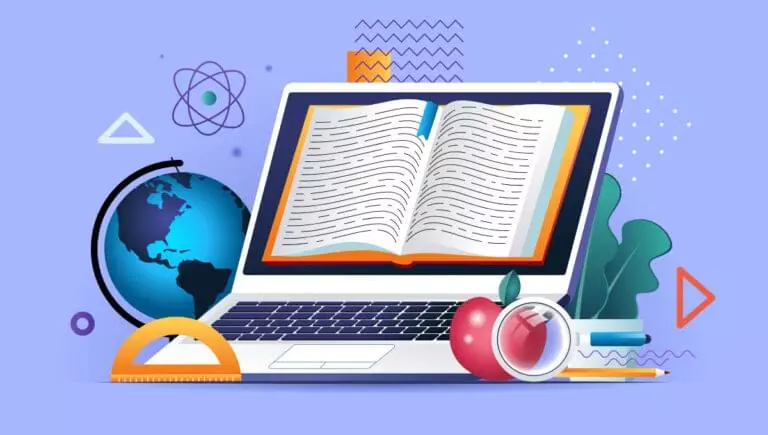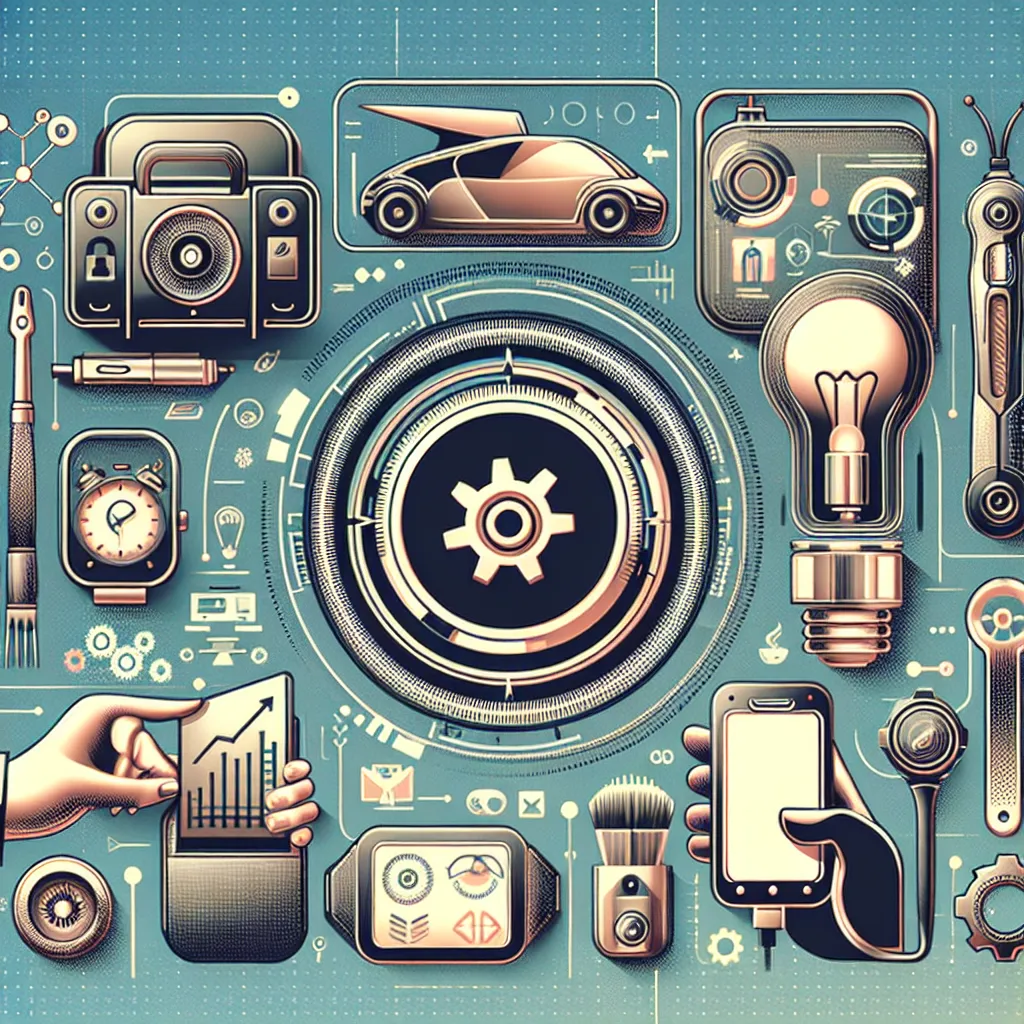Imagine a world where your study materials adapt to your needs, answer your questions instantly, and help you learn smarter, not harder. As technology rapidly evolves, AI-powered study tools are turning this vision into reality, ushering in a new era of personalized learning. In this article, we’ll dive deep into how generative AI is transforming the educational landscape for students, teachers, and lifelong learners.
Understanding AI-Powered Study Tools
At its core, an AI-powered study tool uses artificial intelligence to enhance and tailor the learning experience. These tools leverage advanced algorithms—including generative AI models like ChatGPT, Bard, and Claude—to create, curate, and personalize content for individual learners.
What is Generative AI?
Generative AI refers to systems that can create new content—text, images, code, and more—based on prompts and data. By understanding context and learning from vast datasets, these models can generate explanations, quizzes, summaries, and even simulated tutoring conversations.
"Generative AI is not just about automating tasks; it's about augmenting human intelligence and making learning deeply personal." — EdTech Expert, 2024
How Generative AI is Revolutionizing Personalized Learning
Personalized learning tailors educational experiences to the unique needs, pace, and goals of each student. Here’s how AI-powered study tools are making this possible:
1. Adaptive Learning Paths
Generative AI analyzes a learner’s strengths, weaknesses, and preferences to recommend customized study plans. Instead of a one-size-fits-all approach, students receive targeted exercises and resources that maximize their progress.
- Real-time assessments: AI identifies knowledge gaps and adapts questions accordingly.
- Dynamic content: Lessons evolve based on ongoing performance.
- Goal tracking: Personalized dashboards show progress and milestones.
2. Intelligent Tutoring and Feedback
With generative AI, students can interact with virtual tutors that provide instant, personalized feedback—anytime, anywhere. These tools can:
- Answer questions in natural language
- Give step-by-step explanations for complex problems
- Offer encouragement and suggest resources for further study
Tip: Try combining AI tutoring tools with traditional study methods for a balanced and effective learning experience.
3. Automated Content Creation
Generative AI can generate quizzes, summaries, flashcards, and study guides in seconds, saving valuable time for both students and educators. This automation allows for:
- Custom quizzes tailored to specific topics or difficulty levels
- Concise summaries of lengthy articles or textbooks
- Instant generation of revision materials before exams
4. Enhanced Accessibility
AI tools can translate, transcribe, or simplify content, making education more accessible to learners with different backgrounds, abilities, or language proficiencies.
- Text-to-speech and speech-to-text features
- Language translation for global learners
- Adaptation for different learning styles (visual, auditory, kinesthetic)
Popular AI-Powered Study Tools in 2024
The market is booming with innovative platforms leveraging generative AI for personalized learning. Here are some of the most popular tools:
- Quizlet AI: Generates custom flashcard decks and practice questions based on class notes or textbooks.
- Khanmigo by Khan Academy: An AI-powered tutor that answers questions, explains concepts, and offers practice problems.
- GrammarlyGO: Uses generative AI to help students write better essays, emails, and reports.
- ChatGPT Study Buddy: Assists with brainstorming, summarizing articles, and even simulates exam scenarios.
- Duolingo Max: AI-driven language learning with personalized feedback and conversation practice.
Practical Steps to Get Started with AI Study Tools
Ready to harness the power of generative AI for your studies? Follow these steps:
- Identify Your Learning Goals:
- Are you preparing for exams, mastering a new skill, or learning a language?
- Choose the Right Tool:
- Research platforms that best fit your subject and learning style.
- Customize Your Experience:
- Input your syllabus, topics, or questions to generate personalized materials.
- Regularly Review and Practice:
- Set aside dedicated study sessions and use AI-generated quizzes and feedback to reinforce knowledge.
- Track Your Progress:
- Use dashboards and analytics to monitor improvement and adjust your learning path.
Tip: For best results, combine AI tools with active learning strategies like teaching others, group discussions, and self-testing.
Common Questions About AI-Powered Study Tools
Are AI study tools safe and reliable?
Most reputable AI study tools prioritize privacy and data security. Always check the platform’s privacy policy and use tools from trusted sources.
Can AI replace traditional teachers or tutors?
No. While AI can enhance and personalize learning, human educators bring empathy, motivation, and real-world experience that AI cannot replicate. The best results come from combining AI with traditional teaching methods.
Is generative AI prone to mistakes?
Like any technology, generative AI isn't perfect. Double-check important information and use AI-generated content as a supplement—not a sole authority.
Do AI-powered tools work for all subjects?
AI performs exceptionally well in subjects with lots of textual or structured data, such as languages, math, and sciences. Some creative or highly specialized topics may require additional human guidance.
Tip: Pair AI-powered tools with teacher or peer feedback for a well-rounded understanding of complex topics.
Challenges and Considerations
While the benefits are immense, it’s important to be aware of potential challenges:
- Bias and Accuracy: AI models can sometimes reflect biases in their training data or generate inaccurate information.
- Over-reliance: Depending solely on AI can reduce critical thinking and independent problem-solving skills.
- Digital Divide: Not all students have equal access to advanced AI technologies or reliable internet.
"AI should be a co-pilot in education, not the sole pilot. Balance technology with human insight for the best outcomes." — Technology in Education Thought Leader
Conclusion
The rise of AI-powered study tools and generative AI is transforming how we learn—making education more personalized, accessible, and efficient than ever before. By understanding their capabilities and limitations, students and educators can unlock new opportunities for growth and achievement.
Whether you’re a student seeking an edge, a teacher looking to engage your class, or a lifelong learner exploring new horizons, now is the time to embrace the future of learning. AI isn’t here to replace us—it’s here to empower us.
Ready to take your studies to the next level? Start experimenting with AI-powered study tools today and discover a smarter, more personalized way to learn!



